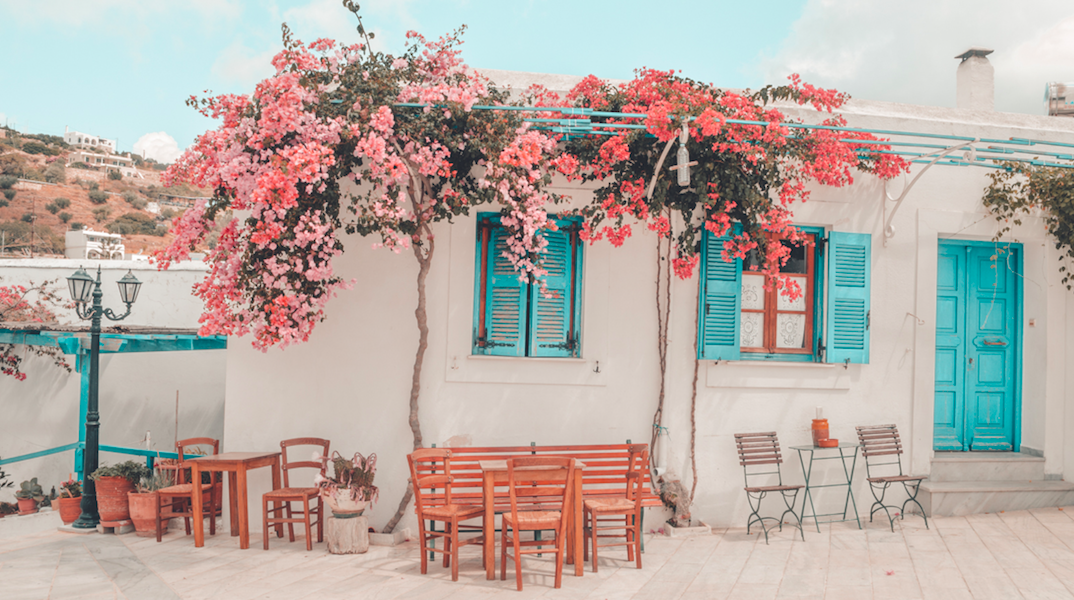When you think of Paros, you probably conjure up images of its beaches, the nightlife, the picturesque little port of Naoussa or Punda. But you should know that this stunning Cycladic isle has amazing little villages. There are so many but here are my favourites
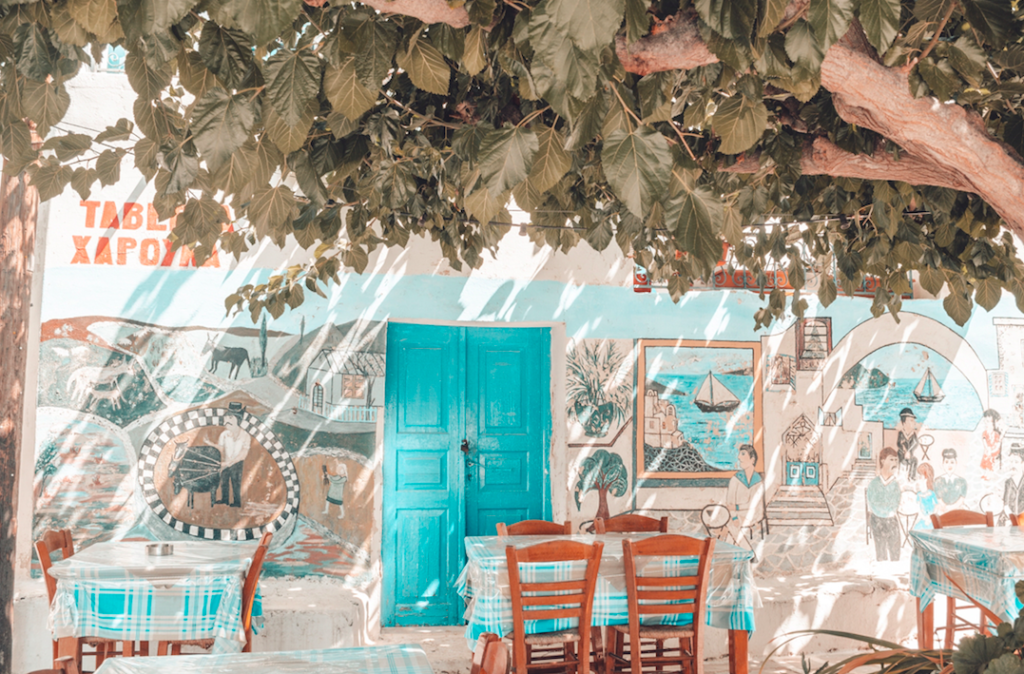
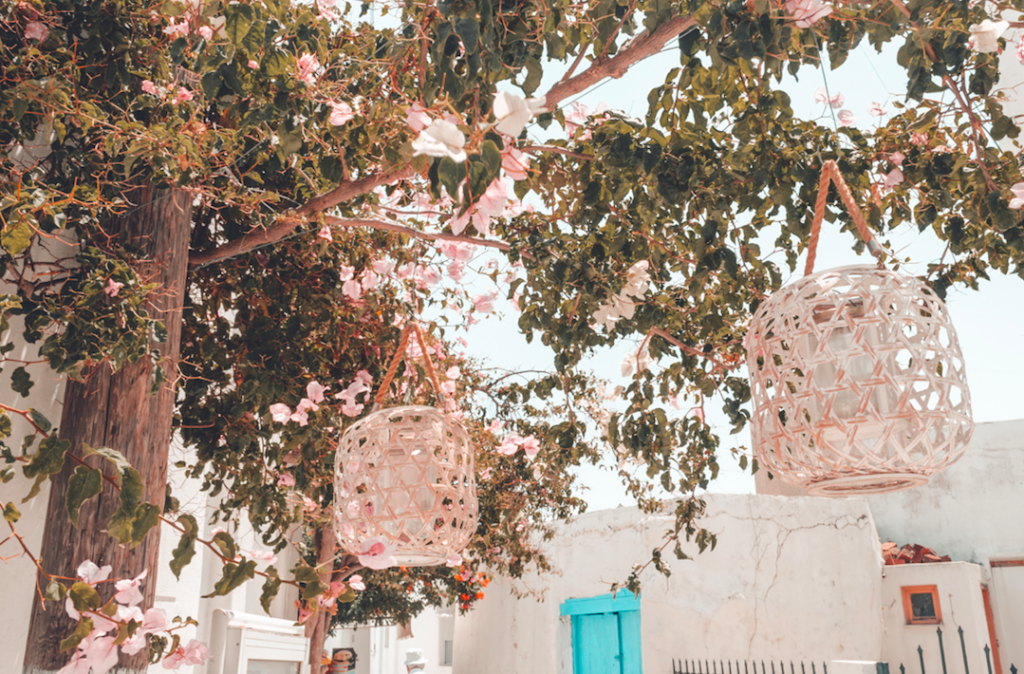
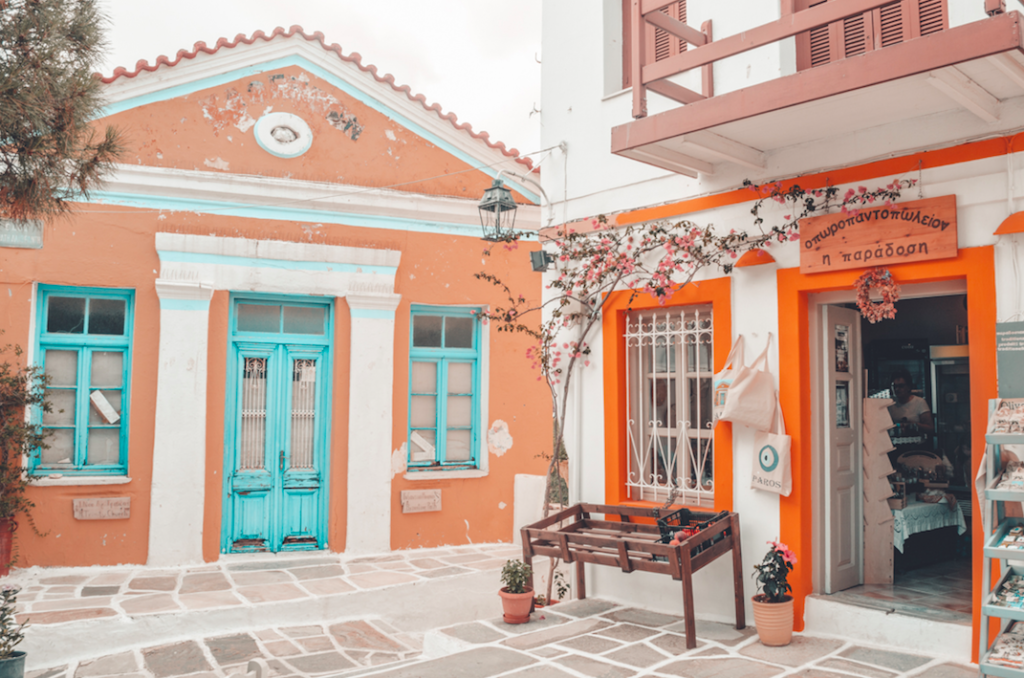
Prodromos, the village with the arches
I have a special connection with Prodromos because a friend of mine is from here. This picturesque and beautiful settlement of Paros, with 300 inhabitants is situated on a hill of 30 meters high, about 16 kilometers distance from Paroikia.
Its name comes from the temple of Agios Ioannis the Baptist and every summer, on June 23rd, one of the most important festivals of Paros takes place here.
The village was known for the “Tsitsanis” tavern, which is one of the oldest tavernas on the island, but in fact it is just outside the settlement, so few entered the narrow streets of the village.
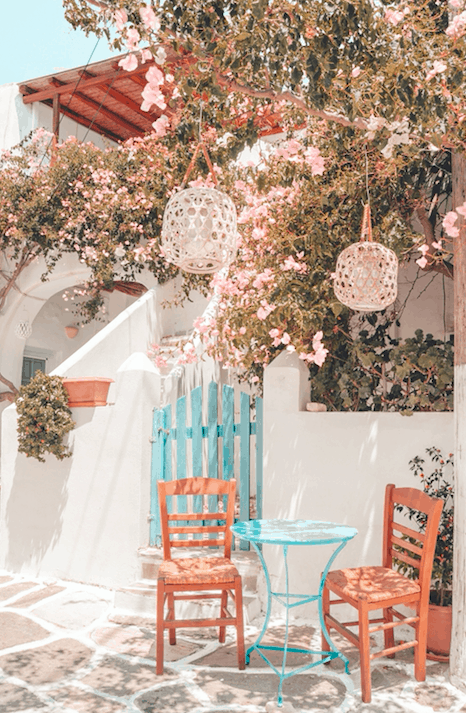
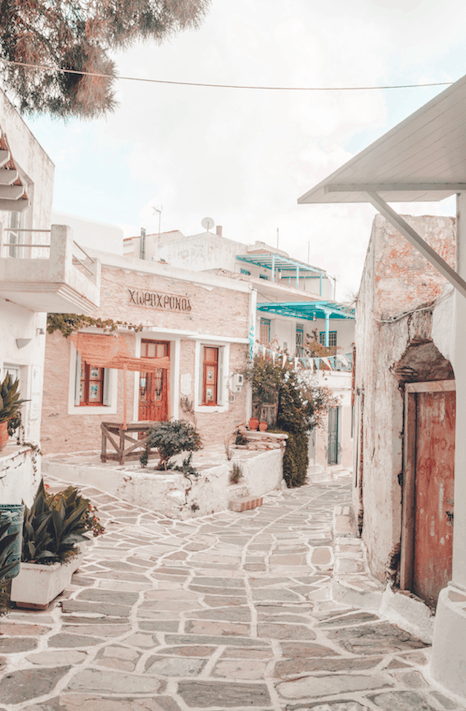
You will definitely love it because of the scenery. The entrance of the village is an arched vaulted roof and a bell tower which connects the little churches of Agios Spyridon and Agios Nikolaos.
As soon as you enter, you are in front of a beautiful maze of white washed little alleys and white and blue houses, glued to one another, courtyards full of colorful flowers, impressive bougainvillea, children playing on the streets like old times and the Kallitechniko Kafeneio with delicious homemade appetizers.
In Prodromos, besides the main asphalt road, you can also go by the Byzantine path, a thousand-year-long path with olive groves and vineyards and one of the most famous of Paros, connecting Lefkes (another beautiful village) with Prodromos in over an hour. The beaches near Prodromos are Molos, Kalogeros and Tsoukalia.
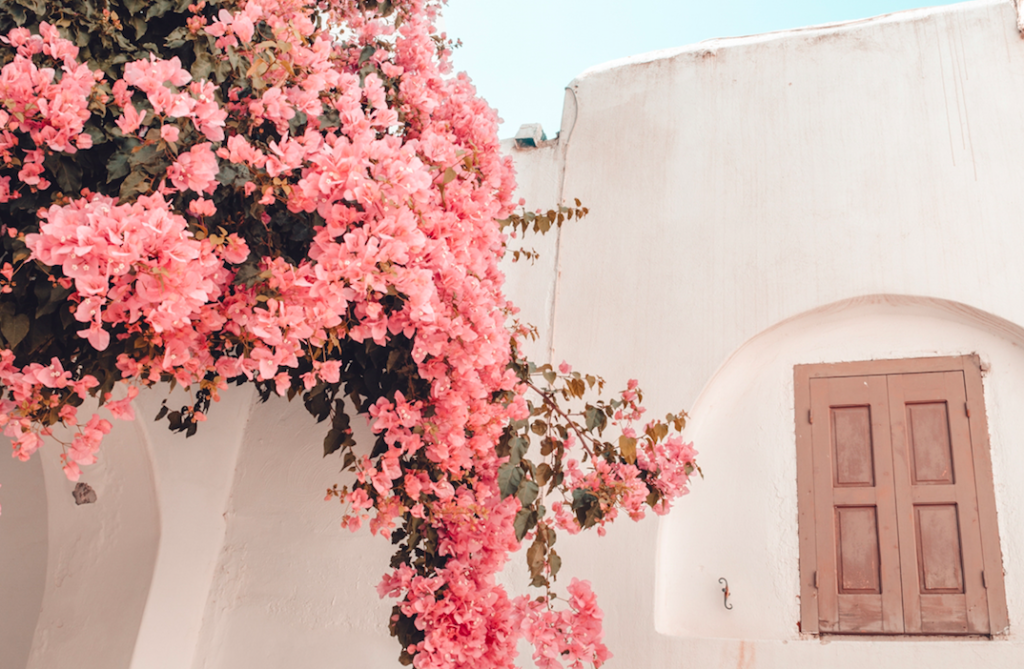
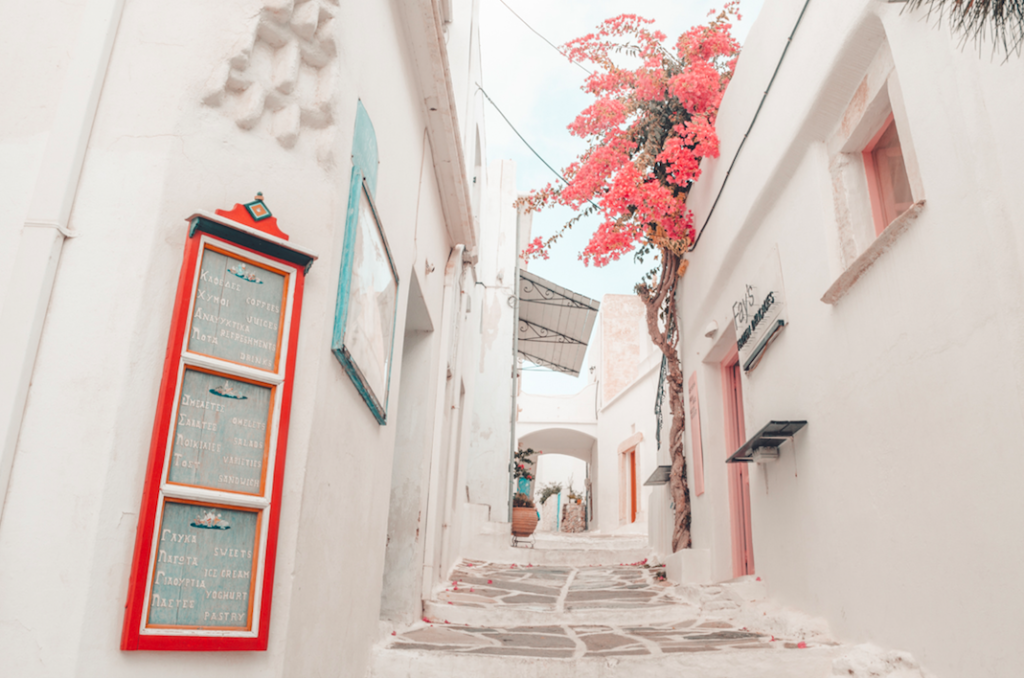
Lefkes, the old capital
Lefkes was the first capital of Paros and the greener village of the island. The first inhabitants were refugees who came from Crete but also locals who chose the mountain to build this village from fear of pirates.
The village has amphitheatrically built houses, flowered courtyards and picturesque alleys. Every corner is like a postcard.
Ramnos, the main road of the settlement is between neoclassical buildings, the school, the former community, the Museum of Cycladic Folklore and the Home of Literature.
On this road, the locals of Paros and visitors stroll around or sit in one of the cafes in the small square where the monument of Heroes is found.
At the end of the road is the temple of Agia Triada, built in 1835 with Parian marble. The village has views of the sea and Naxos Island in the background and some of the last windmills that exist on the island.
At the end of August, Karavola's feast is the occasion for one of the biggest celebrations of the Aegean, with plenty of food, carnations (big snails), wine, music and dancing until the morning. Don’t leave, without tasting a peach pie or bougatsa at the patisserie “Pezoula tis lichoudias”.
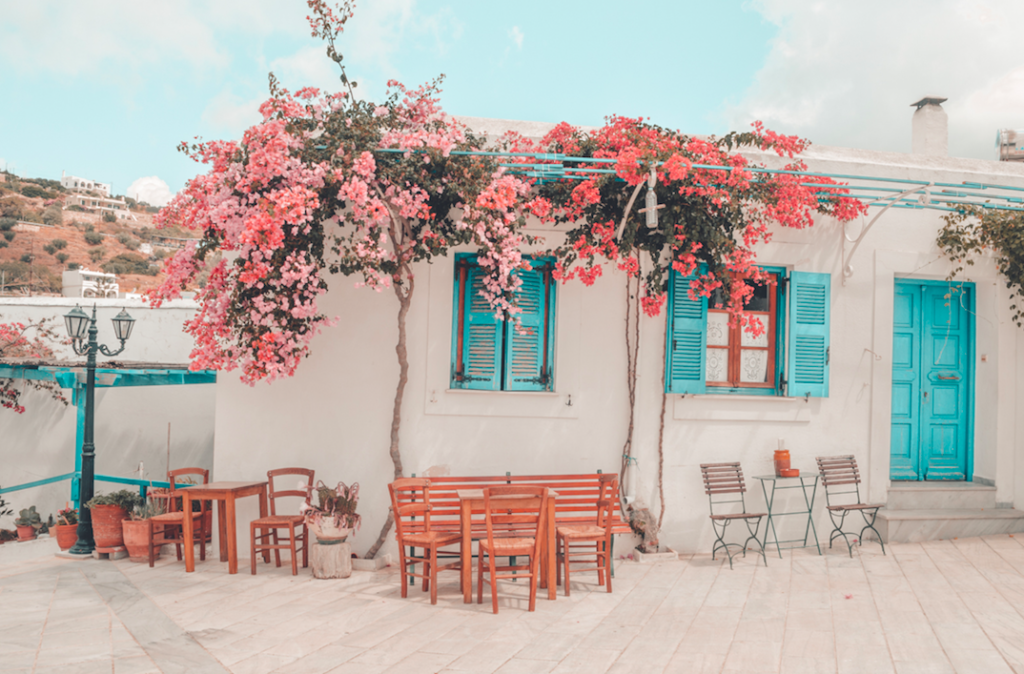
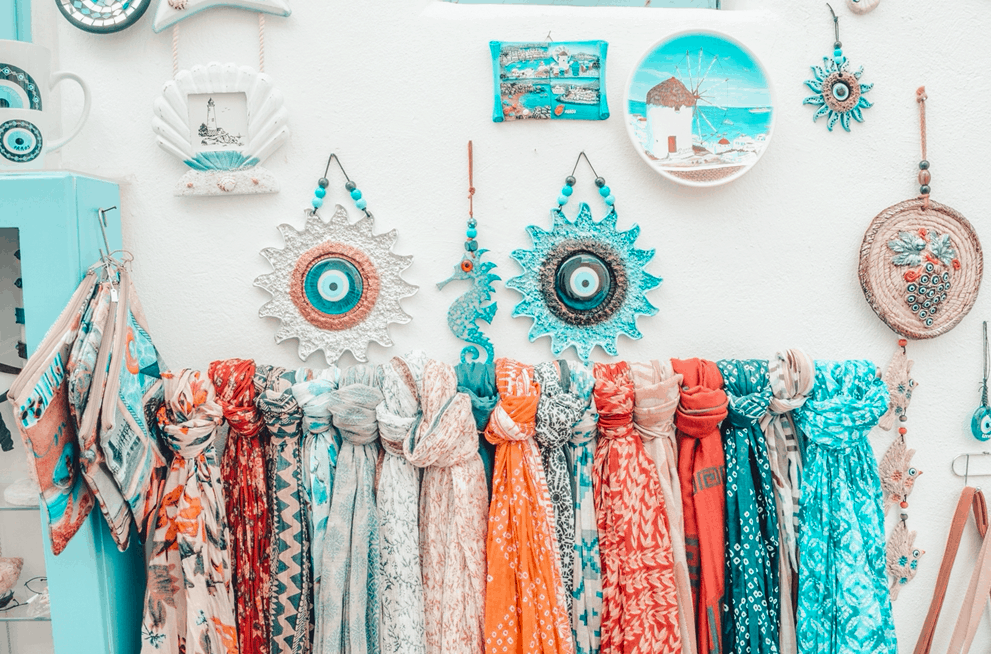
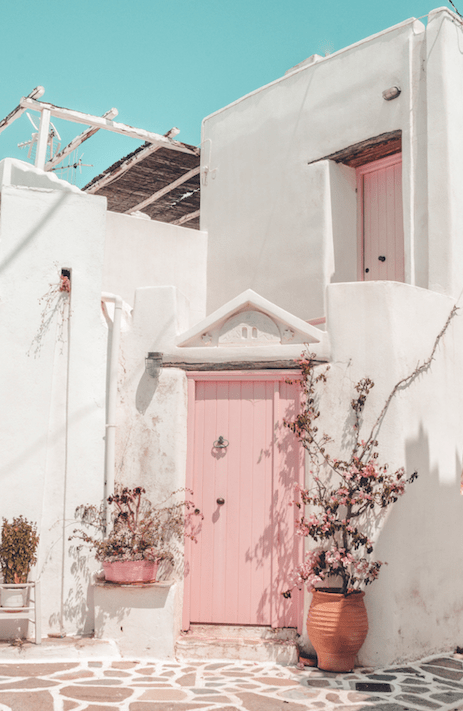
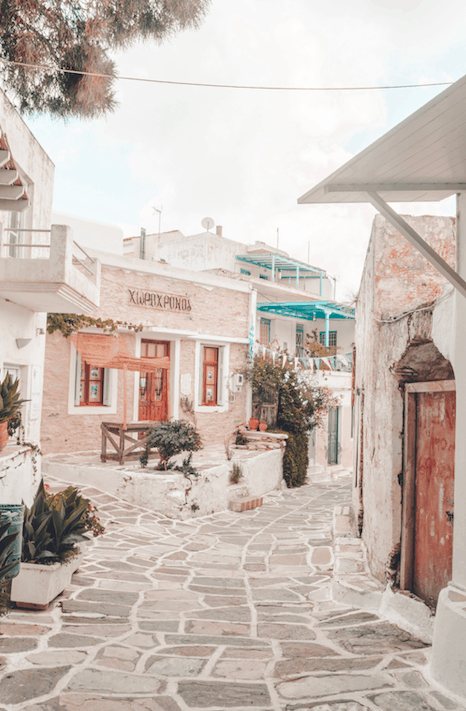
Marpissa, the village with the four windmills
The beautiful village of Marpissa, built on the top of a hill, located 17 km east of Parikia and just 2 km from the sea and Piso Livadi, is characterized by the exquisite whitewashed houses of the 17th and 18th centuries, the paved alleys, the bougainvilleas and the four windmills in the central square. From the sights of Marpissa, the Perantinos Sculpture Museum, the great Byzantine church of Metamorphosis and the monument of Nikolas Stellas stand out.
Stellas was a 23-year-old young man who died because he resisted the German conquerors on May 22, 1944. Before you leave, visit Charoula Tavern, which first set up tables in Marpissa Square in 1977, with traditional Greek cuisine using their own products.
A particularly amazing experience is Easter in Marpissa, especially on Good Friday and Easter Feast. During summer, the “Marpissa Routes” is a three-day (23-24-25 of August), experiential, cultural festival organized by a group of volunteers.
The festival has as a central idea the creation of routes and points of interest in the traditional settlement, based around themes of architecture, folklore, music, art and the environment. It features the characteristics and scale of the village, showing with respect the particular Cycladic character of this place.
The involvement and interaction of residents, visitors and volunteers contribute to a distinct, creative outcome.
*All images by (Copyright)

